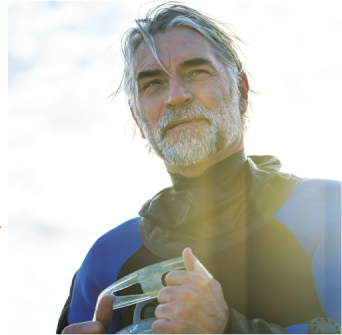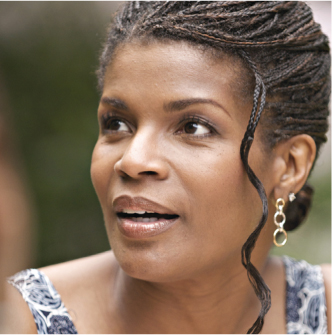Part VIIThe Developing Person So Far: Adulthood
BIOSOCIAL

Senescence
As bodies age, internal as well as external organs show the effects of senescence. The brain slows down; skin becomes more wrinkled; the senses become less acute; lungs reduce capacity. Bodies change shape, with more fat in the middle and less strength in the muscles.
The Sexual-Reproductive System
Sexual responsiveness and reproductive potential are reduced over adulthood. Women experience a dramatic drop in estrogen at menopause, which stops ovulation; men experience a more gradual decline in testosterone, which makes fatherhood less likely but not impossible in later adulthood.
Health Habits and Age
Cigarette smoking is decreasing in North America but not in many other nations. Alcohol abuse, obesity, and inactivity are now recognized as problems, but most adults find them hard to reverse.
Measuring Health
There are many ways to measure health, whether by calculating mortality, morbidity, disability, or vitality. Overall health is partly dependent on heredity, but much depends on daily habits.
COGNITIVE

What Is Intelligence?
Researchers describe adult intelligence in many ways, noting that some intellectual abilities increase with age and others decline. Longitudinal research shows intelligence increasing over the years of adulthood, whereas cross-
Selective Gains and Losses
Selective compensation with optimization is apparent in adulthood, as people become experts in areas of life that they choose to specialize in. In general, people are more intuitive, automatic, strategic, and flexible when dealing with problems in their area of expertise than they are in other areas.
PSYCHOSOCIAL

Personality Development in Adulthood
All the major theories of adult development note that people maintain personality traits yet show some change. For instance, people become more conscientious and less neurotic with age. The Big Five traits reflect culture and are strengthened by a person’s chosen lifestyle and ecological niche.
Intimacy: Family and Friends
Adults depend on friends and family, They usually find good friends and have rewarding relationships with their adult children and their aging parents. However, such rewarding social relationships do not always occur: Divorce and separation are common, and difficult for all concerned. Adults depend to a great degree on their life partners, and many maintain fulfilling relationships with close partners, whether of the same sex or the other sex.
Generativity
Caregiving is part of the joy as well as the obligation of adulthood. Many adults spend time and money on child rearing. Filial obligation is strong, with some adults caring for older family members. However, the sandwich generation concept is more myth than reality, and intergenerational support is usually mutual. Older generations usually provide financial and emotional support for younger generations. Employment is satisfying for many adults, although some trends, such as shift work and job change, harm optimal psychosocial development.